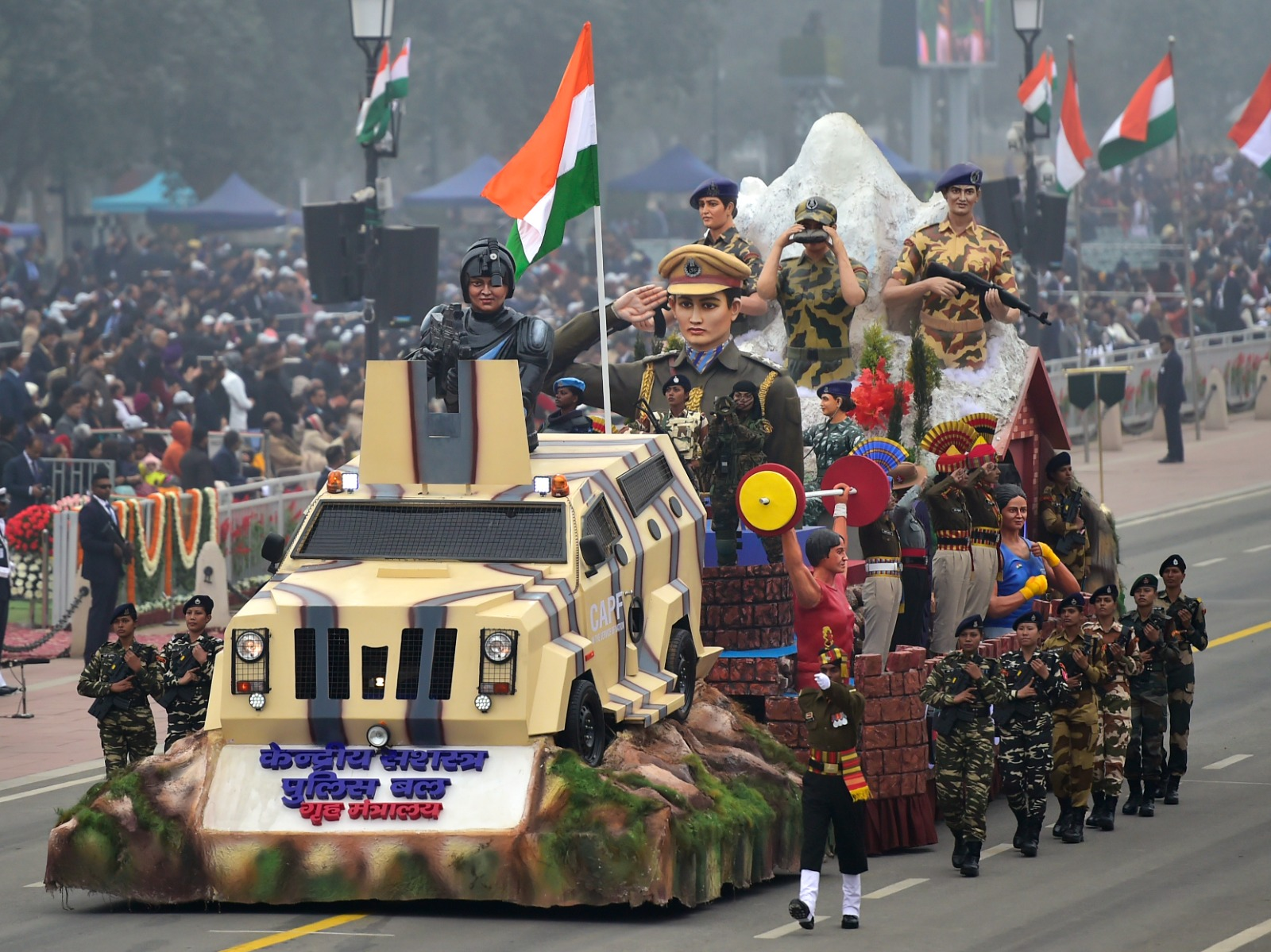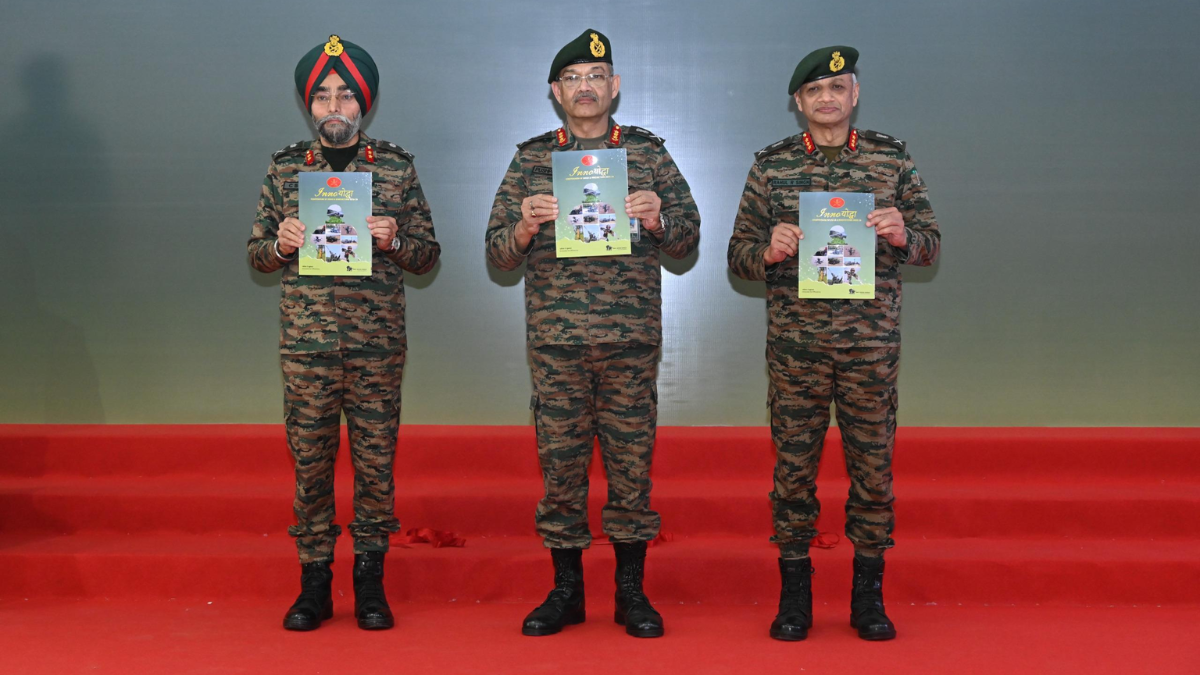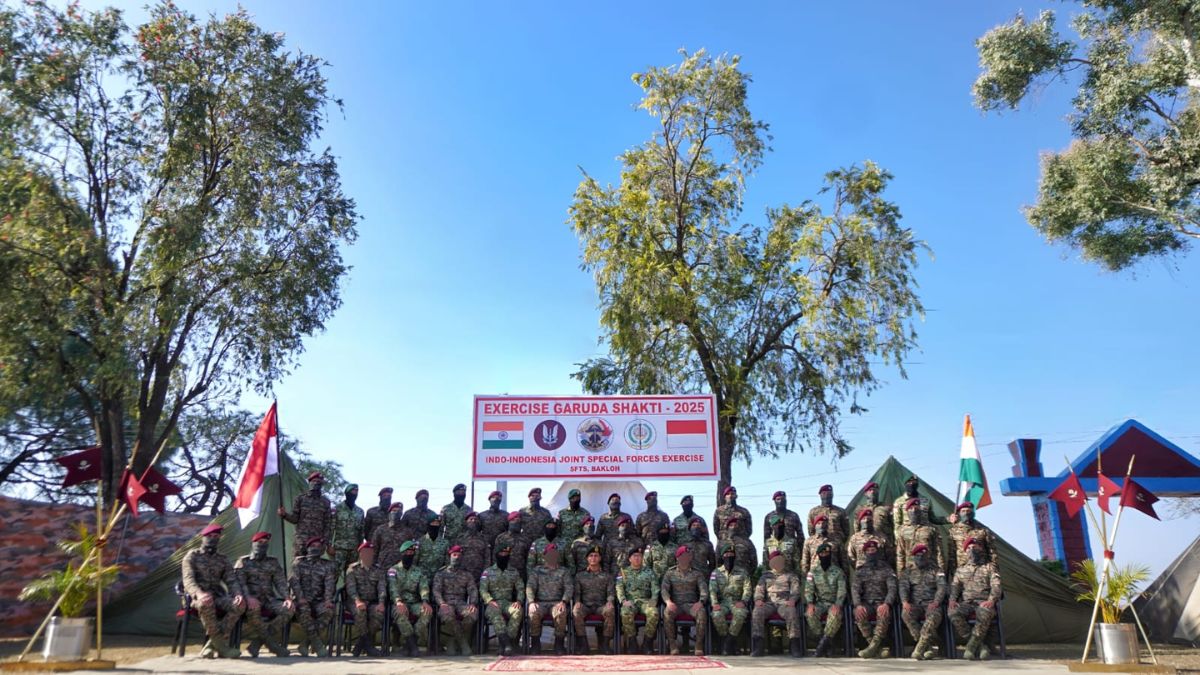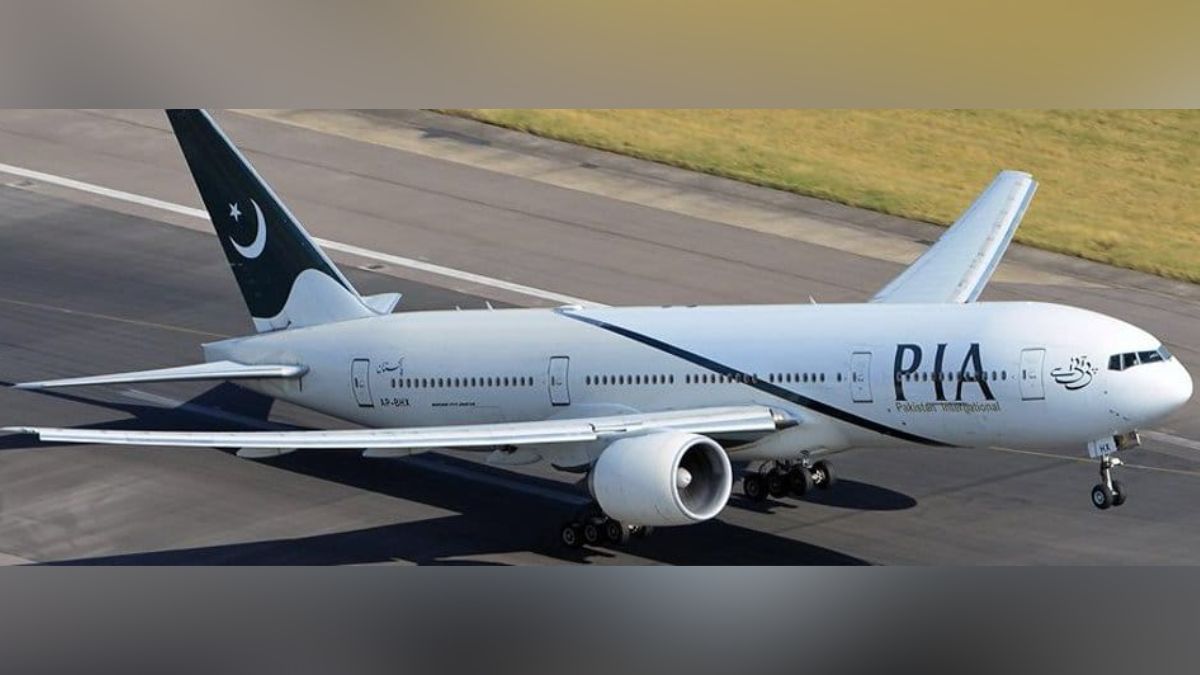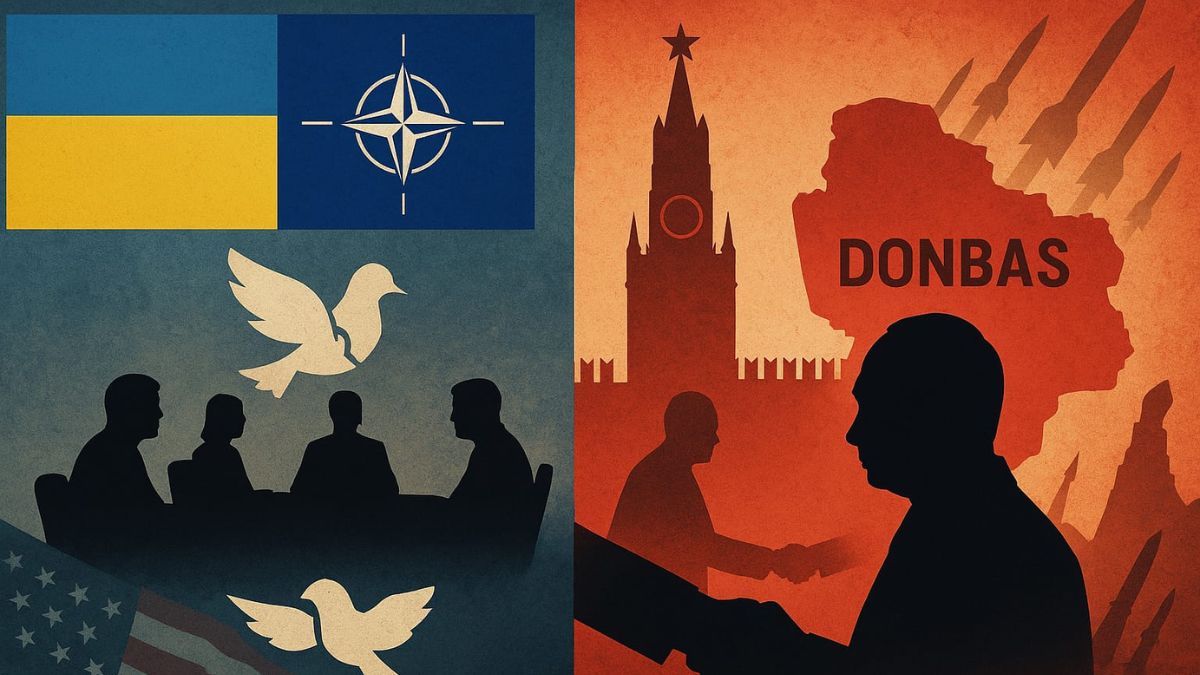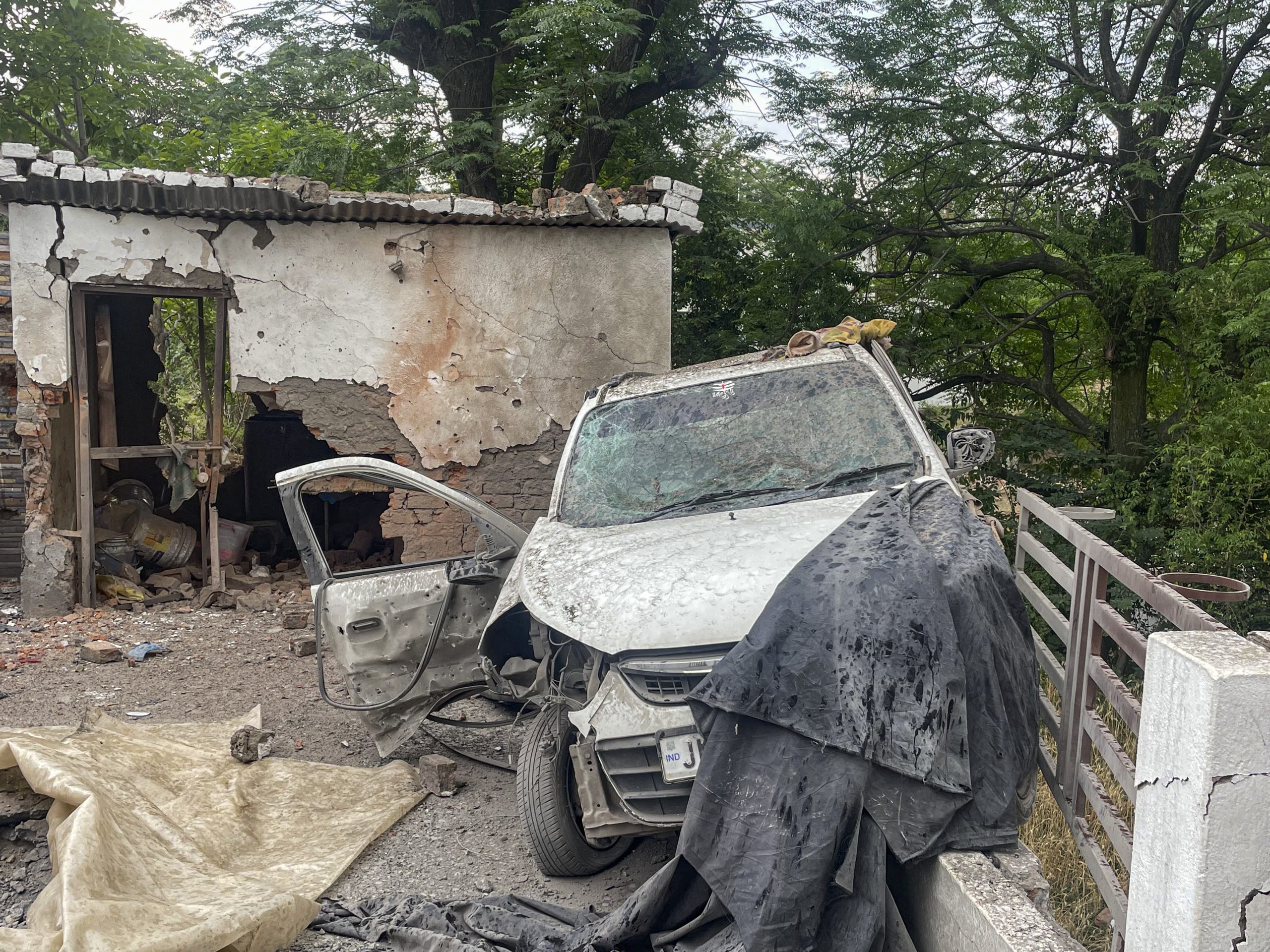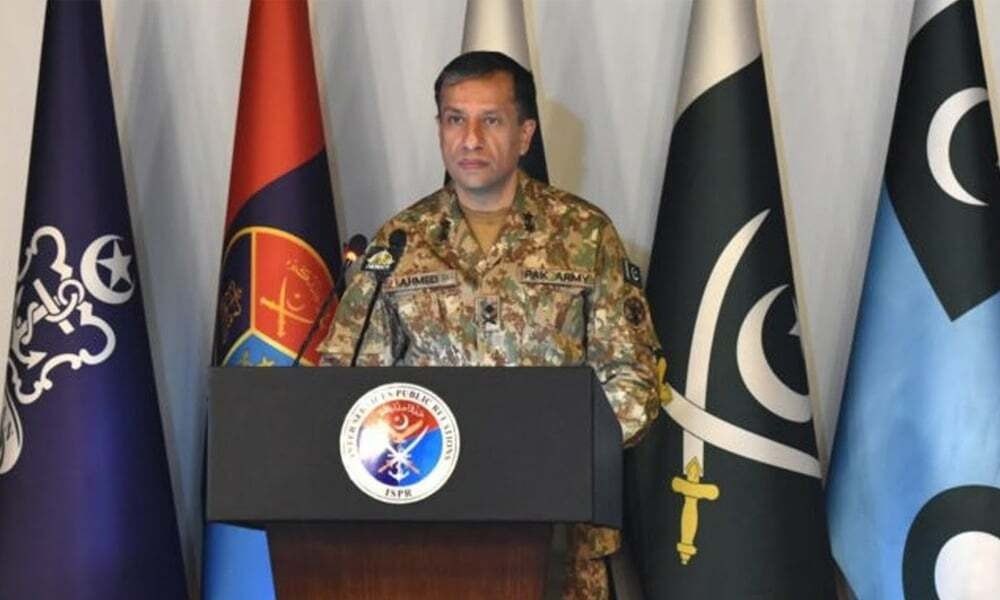Not Mission-Ready: Indian Army’s First Apache Squadron Remains Non-Operational
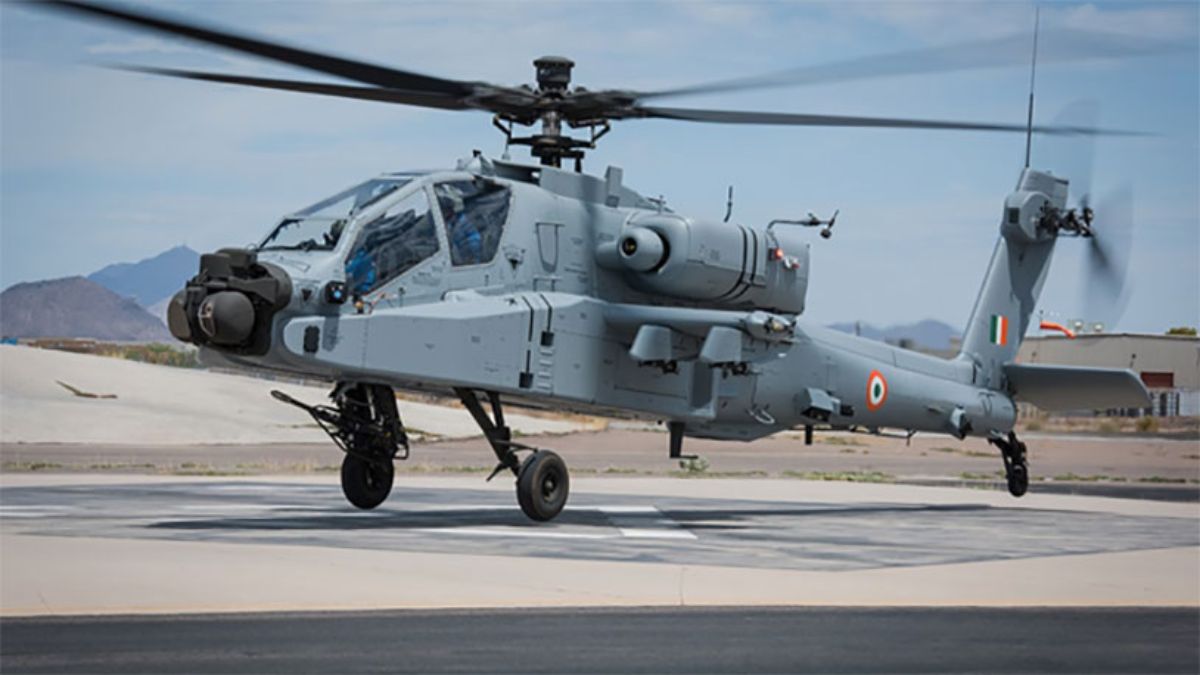
Delivery of Apache helicopters to India has been delayed, courtesy of a refusal of airspace usage by Turkey. Image Courtesy: Boeing
Fifteen months after it formally raised its first Apache squadron in Jodhpur, the Indian Army remains without a single AH-64E attack helicopter in its inventory.
Repeated delays from the United States (US) have left the unit non-operational, despite personnel being trained and ready, according to an India Today report. The absence of these critical assets continues to hamper the Army’s aviation modernisation and limits its offensive edge along the western front.
When was the Apache squadron established?
The Army’s first Apache squadron was set up in March 2024 at Nagtalao, near Jodhpur. It was intended to become fully operational with the induction of six AH-64E Apache helicopters procured from the US, under a $600 million agreement signed in 2020.
What was the original delivery timeline?
As per India Today, the initial delivery schedule projected the arrival of the first three helicopters by May or June 2024. However, the timeline was later revised to December 2024 due to supply chain disruptions. That revised deadline has also passed, and the helicopters are yet to arrive.
What is causing the delay?
Defence Ministry sources quoted by India Today attribute the continued delay to unresolved technical issues on the US side. Despite Indian pilots and ground crews having completed all necessary training, they remain idle due to the non-arrival of the aircraft.
How significant are these helicopters for the Army?
The AH-64E Apache is among the most advanced attack helicopters globally, equipped with precision targeting systems, heavy weaponry, and high survivability features. The Army intends to deploy them in the western sector, where tensions remain high in the aftermath of Operation Sindoor. Their absence represents a serious gap in combat readiness and force projection.
How does this affect Army Aviation Corps operations?
The Army Aviation Corps is currently undergoing rapid expansion and modernisation, operating a varied fleet that includes Advanced Light Helicopters (ALH) Dhruv, weaponised Rudras, Light Combat Helicopters (LCH), older utility platforms like the Cheetah and Chetak, Mi-17s, unmanned aerial vehicles (UAVs) such as Heron and Searcher, and Dornier 228 aircraft.
